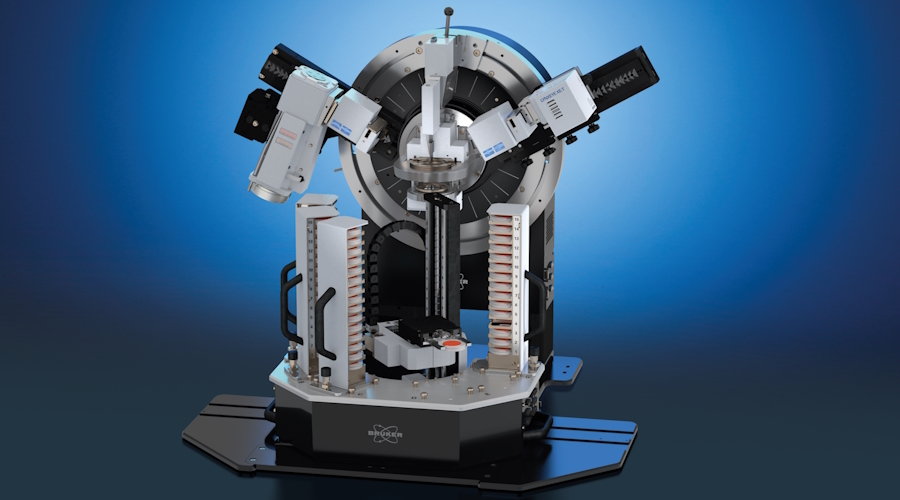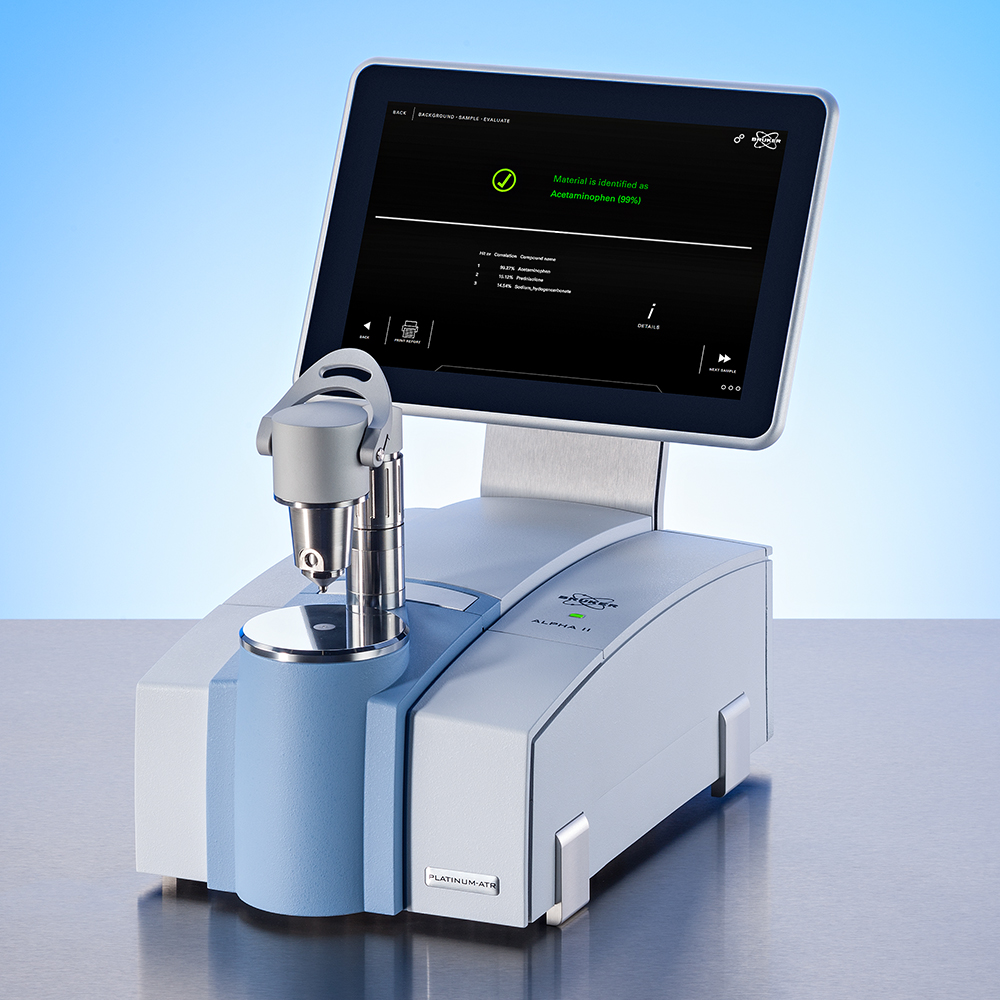

Engines
Analyzing Graphite Coatings on a Diesel Engine Piston by FT-IR Microscopy
Usually, moving engine parts are coated by a "gliding" agent (i.e. graphene). This not only reduces friction and improves heat dissipation during operation, but also ensures a long life-time of the component. Damages and defects on such coatings can cause critical failure and sudden end-of-life scenarios.
This piston from a diesel engine has only been in operation for a short time. To assess the impact the brief usage had on its graphite coated surface, the piston was investigated by FTIR microscopy. The seemingly clean surface was visually inspected using polarizing filters, which revealed the presence of a fiber-like residue.
Infrared micro spectroscopy helps to assess microscopic contaminants and defects on work-pieces
3D Imaging of the Interior and Exterior of Non-Ferrous Components by XRM
In the pursuit of increased performance and reduced weight, many engine components are made of materials such as Al and Ti. These parts are created with a wide range of manufacturing techniques ranging from casting to additive manufacturing. As the internal complexity of these components is increased, metrological needs require a step beyond conventional planar radiography into the three dimensional realm of XRM. Bruker’s high capacity XRM solutions allow visualization of internal defects and adherence to dimensional specifications.
Engine Oil Monitoring and Lifetime Analysis by FT-IR Spectroscopy
Engine oil and other lubricants always tell a story about the load on the drive train. They absorb unburned soot particles, abrasion and other secondary materials and suspend them in such a way that the moving parts are protected from wear and tear. Infrared spectroscopy provides accurate information about the load and aging of oils and lubricants. This includes:
- Contained water, fuel, soot, MEG, ...
- Oxidation, nitration, sulphurization, ...
- Degradation of additives
Nickel-based Superalloy Microstructure Characterized by EBSD
Superalloys are high-performance metallic alloys which maintain their properties at high temperatures, close to their melting points. Because of their superior strength, corrosion and oxidation resistance at temperatures up to 1200°C, they are key materials for high temperature enigineering applications, like in the aerospace industry. To response the increasing demand for superalloy, manufacturers are looking for producing lower cost light-weight superalloy with improved oxidation and corrosion resistances without being at the expense of the alloy strength. Bruker offers a complete range of analytical tools to help researchers and manufacturers in developing stronger and light-weight superalloys by understanding and controlling the microstructural and chemical changes. Bruker's innovative analytical solutions for SEM and TEM, namely, QUANTAX EDS, QUANTAX EBSD, QUANTAX WDS and QUNATAX Micro-XRF helps you investigating the effect of phase precipitation,trace elements concentrations or grain boundaries on superalloys properties.
Here an application example, were we reveal the importance of EDS assisted EBSD measurement in successfully identifying and indexing the different phases, including fine precipitates.
Residual Stress in Springs
Residual Stress is the strain remaining in a material when no active load is being applied. These strains can be present due to mechanical deformation, such as the process of machining a surface, or kinetically limited heating and cooling. Often times, it is beneficial to produce a compressive residual stress in a surface to increase resistance to fracture propagation. In springs, such as those found in the valves of an engine, the amount of residual stress loading is important in determing their load characteristics and longevity. X-ray Diffraction is regarded as one of the go-to methods for residual stress determination.







